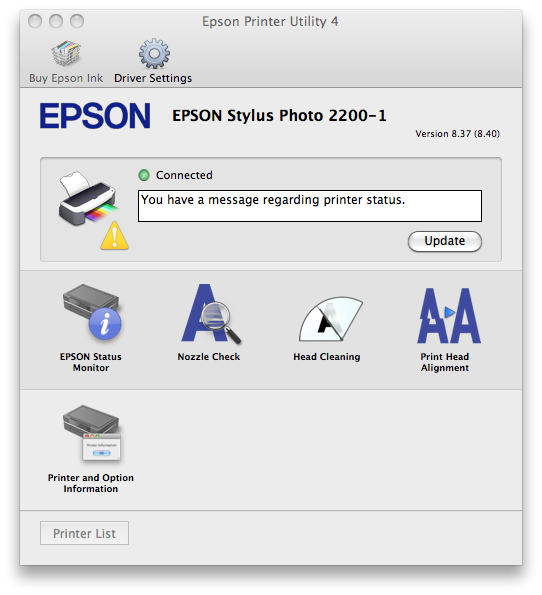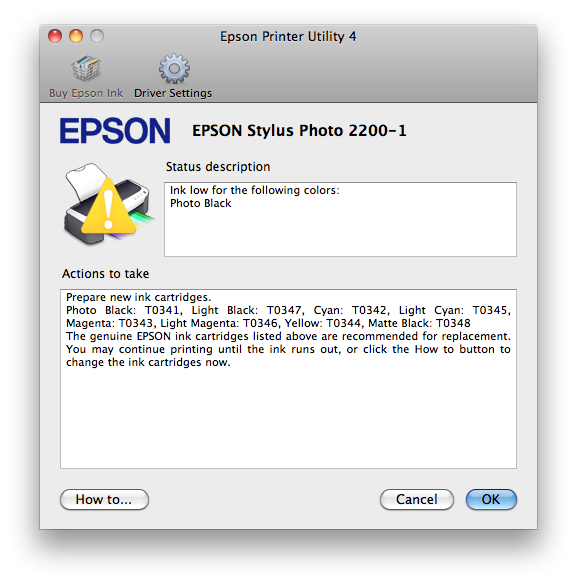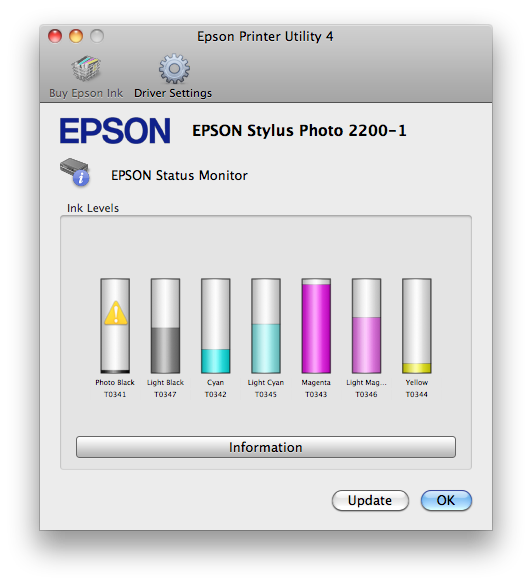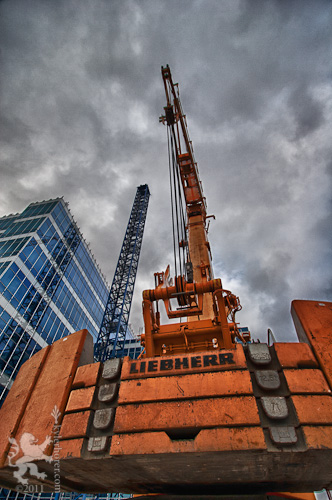Mar 2011
Silver blur
Fri, 11 March 2011 Filed in: Photography | Personal
The assignment topic in my local photo club's monthly contest this month was "blur." The club web site had a rather long and specific description of what blur is (as if we don't already know) which concluded with, "whatever the photographer wants to do to create areas that are not in focus in the composition." That limitation ruffled my feathers a bit. When I first joined the club, the assignments were one- or two-word topics and that's all. The photographer had complete creative license to interpret the topic however he or she wanted. Of course, with great power comes great responsibility — it was up to the photographer to research the meaning(s) of any terms he wasn't familiar with and depict them in a way that was creative but obvious enough for the judges to recognize.
The club got an influx of new members 2-3 years ago and many of them were relatively new to photography. They were eager to experiment and learn. As perhaps a byproduct of the digital-age instant gratification mindset, they also wanted to jump right in and participate in the program without taking the time to learn the nuances of our system. I can't say I blame them; I did the same thing when I first joined. However, I didn't ring the alarm bells and call the system flawed when the judges didn't "get" my approaches. I just tried harder. It ended up making me a better photographer.
At the behest of a vocal minority, the powers that be decided to attach rather specific and limiting narrative descriptions to the topics so the newer members would have a better feel for what the judges would look for. Their intentions were good, but the result was that the range of creativity in the entries dropped considerably and the entries became mostly rote and predictable. I've seen a wider creative range in the last few months but I still think the narratives are too limiting. Besides, the people who complained the loudest don't even participate anymore. So, I decided to make a point. My interpretation of "whatever the photographer wants to do to create areas that are not in focus in the composition" was to turn in a photo that was entirely sharp and in focus. I got a Silver award for my entry. It shouldn't be too difficult to see where the element of "blur" comes in, and thankfully the judges didn'tadhere strictly limit themselves and the photographers rigidly to the published description.
The club got an influx of new members 2-3 years ago and many of them were relatively new to photography. They were eager to experiment and learn. As perhaps a byproduct of the digital-age instant gratification mindset, they also wanted to jump right in and participate in the program without taking the time to learn the nuances of our system. I can't say I blame them; I did the same thing when I first joined. However, I didn't ring the alarm bells and call the system flawed when the judges didn't "get" my approaches. I just tried harder. It ended up making me a better photographer.
At the behest of a vocal minority, the powers that be decided to attach rather specific and limiting narrative descriptions to the topics so the newer members would have a better feel for what the judges would look for. Their intentions were good, but the result was that the range of creativity in the entries dropped considerably and the entries became mostly rote and predictable. I've seen a wider creative range in the last few months but I still think the narratives are too limiting. Besides, the people who complained the loudest don't even participate anymore. So, I decided to make a point. My interpretation of "whatever the photographer wants to do to create areas that are not in focus in the composition" was to turn in a photo that was entirely sharp and in focus. I got a Silver award for my entry. It shouldn't be too difficult to see where the element of "blur" comes in, and thankfully the judges didn't

Comments
Maybe Epson is listening?
Tue, 08 March 2011
I'm not conceited enough to think that my previous rants have anything to do with Epson's recent Mac driver update for the Stylus Photo 2200 printer. In fact, I don't think anyone reads this blog and certainly not anyone of any importance at Epson. Nevertheless, a new driver showed up recently in Software Update.
I hesitated to install the update (if you don't understand why, go back and read my previous posts on the matter). Much to my surprise, it was a pretty significant upgrade. I'm guessing Epson finally got around to rewriting the driver for Intel-based Macs because the driver is blazingly fast now. Either Rosetta has a significant startup time or it's just plain slow. Of course, the printer itself is still the bottleneck but it only took about two seconds to generate and queue an 11x17 photograph at 360 PPI and 2880 DPI from Photoshop with the new driver. The old driver took at least 10 seconds, and usually closer to 15 to do the same thing.
The new driver also comes with an improved user interface and a rewritten Epson Printer Utility (now at v4).
I hesitated to install the update (if you don't understand why, go back and read my previous posts on the matter). Much to my surprise, it was a pretty significant upgrade. I'm guessing Epson finally got around to rewriting the driver for Intel-based Macs because the driver is blazingly fast now. Either Rosetta has a significant startup time or it's just plain slow. Of course, the printer itself is still the bottleneck but it only took about two seconds to generate and queue an 11x17 photograph at 360 PPI and 2880 DPI from Photoshop with the new driver. The old driver took at least 10 seconds, and usually closer to 15 to do the same thing.
The new driver also comes with an improved user interface and a rewritten Epson Printer Utility (now at v4).



The driver still doesn't support black-only printing but that may be okay. I noticed that black and white images printed in the normal way (not black-only mode) are much more neutral than before. I have to say that this improved driver, while far too late, goes a fair way towards ameliorating my vexation with Epson.
Blossom, day 2
Tue, 01 March 2011 Filed in: Photography | Heavy Machinery

Random trivia: there are two 12½-ton (25,000 lbs.) weights and one 7-ton (14,000 lbs.) weight on the back of this crane. That's 64,000 pounds of counterweight in addition to the weight of the crane itself which I'm sure is well over 100,000 pounds. «Liebherr» is a common German surname which translates into English as "dear gentleman."

